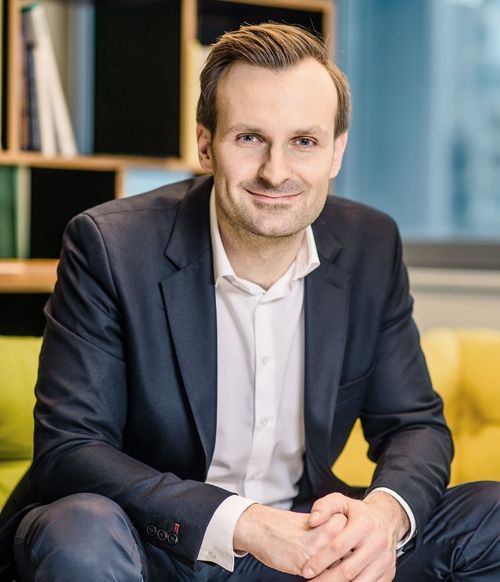Nowadays the most sophisticated platforms, such as Connected by Skanska, not only fulfil users’ wishes but also predict what they will be. Connected by Skanska is an operating system for buildings that is already operational in eight of the company’s developments across Europe. It is an open platform from which all the intelligent systems of a building can be controlled. The platform is similar to the operating system of a computer or a mobile phone and it is updated on a regular basis making each new feature or refinement available to all with every building running the latest version of the system.
Friendly and in total control
“Connected by Skanska is revolutionary in many respects,” claims Renata Nowakowska, the innovation manager at Skanska Commercial Development. “Users especially like the flexible management of parking spaces in the building, which – as you know – there are never enough of. Those who use the car park are put into three































































